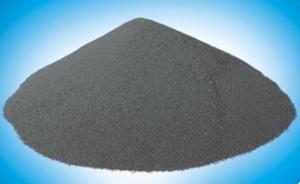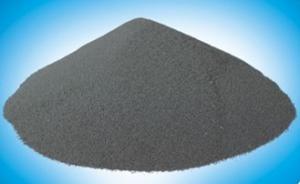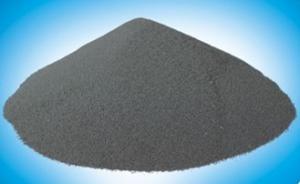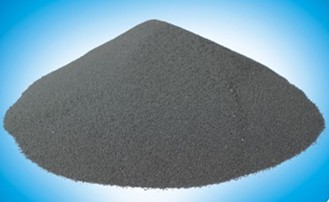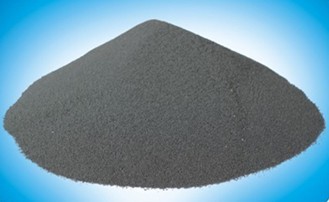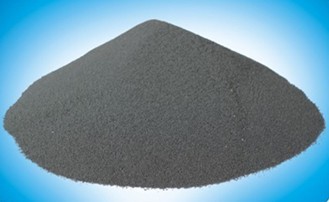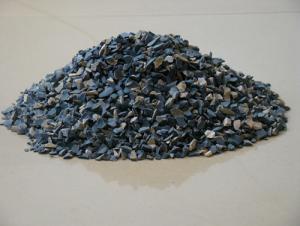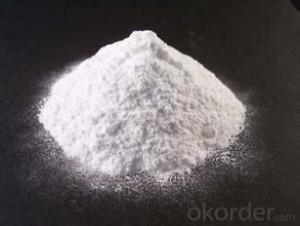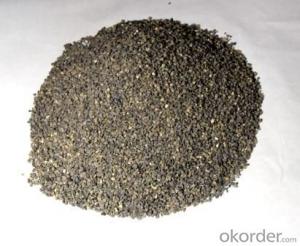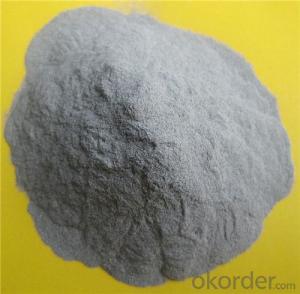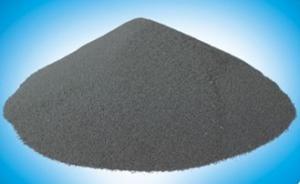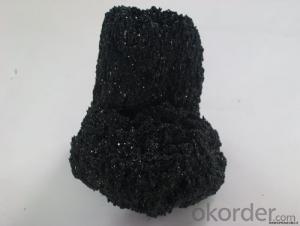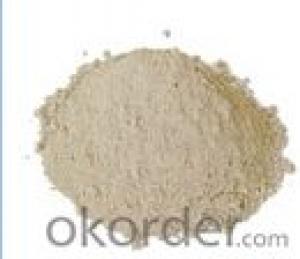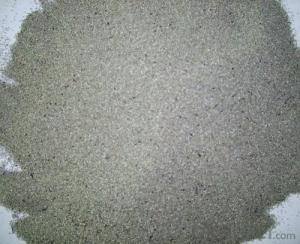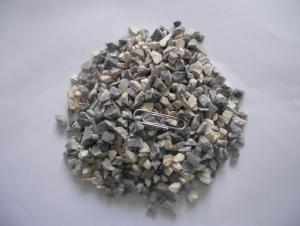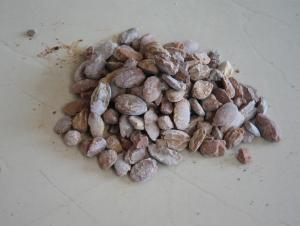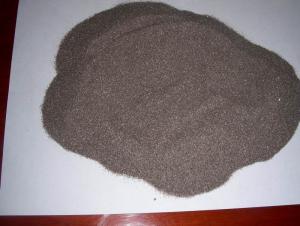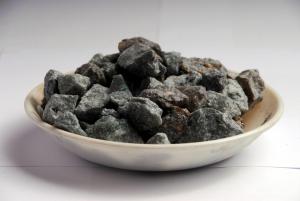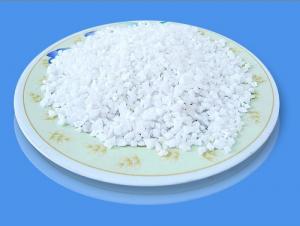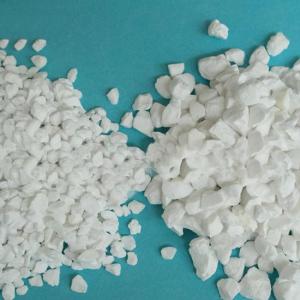Low Carbon Steel Slab Continuous Casting Special Slag for Raw Materials in Refractory Industry
- Loading Port:
- China Main Port
- Payment Terms:
- TT OR LC
- Min Order Qty:
- -
- Supply Capability:
- -
OKorder Service Pledge
OKorder Financial Service
You Might Also Like
Low carbon steel slab continuous casting special slag
Product description
Low carbon continuous casting how to improve the drawing speed (1.5 m/min) increase production has been the focus of attention of the steelmaking enterprise, our company developed the LF-BRK-D type continuous casting slag and then try to adjust the crystallization temperature protective slag; Effective control of the hemisphere temperature and viscosity, in high drawing speed state can maintain normal consumption and fluid slag layer thickness and reasonable pass quantity of heat, so as to ensure the export of the solidified shell mould thickness, realize the unbonded continuous casting production.
The product model: LF-BRK-D
Applicable kinds: low carbon steel series-0.08% or C
Applicable section: (150 ~ 250) mm... (800 ~ 1600) mm
Applicable drawing speed: 0.7 ~ 1.8 m/min
Main physical and chemical indexes are as follows:
water | <0.5% |
Particle size | 0.15~1mm>90% |
Cao/Sio2 | 0.80~ 1.05 |
Hemisphere point | 950~1030℃ |
1300 ℃ melting speed | 10~30S |
1300 ℃ viscosity | 0.08~0.2Pa.s |
density | 0.6~1.0g/cm2 |
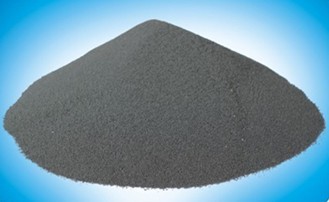
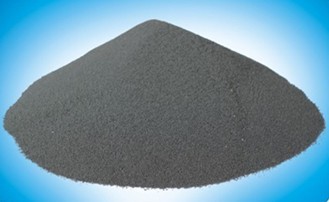
- Q: How many types of special refractories are there?
- Metal ceramics, high temperature coatings, high temperature fiber and other reinforced materials
- Q: what is the requirements of roofing insulation materials fire rating?
- The fireproofing requirements of architectural design are regulated by architectural design fire?safety?rules, roofing insulation material only has the requirements of materials combustion performance, namely non-combustible material. No fire rating requirements.
- Q: What is the criterion of entry of refractory clay industry?
- Chemical composition of refractory clay is one of the important factors affecting its quality. Al2O3 is the beneficial part of refractory clay, and it mainly exists in aluminum hydroxide minerals (diaspore, boehmite, gibbsite), and it also exists in aluminosilicate minerals (kaolinite, illite montmorillonite, etc.). In general, the content of Al2O3 in soft and semi-soft clay is 30% to 45%, the hard clay is 35% to 50%, and high alumina clay 55% to 70%. Fe2O3 mainly exists in hematite, magnetite, goethite and siderite, and is the main harmful component of refractory clay. There is no evident law on the content of Fe2O3. The content in high alumina clay is 0.5% to 2.2%, hard clay is 0.5% to 2.5%, and the soft clay is generally 1.0% to 2.5%. K2O and Na2O are harmful impurities in refractory clay, which mainly exist in illite and mica and other minerals, and the content varies greatly. CaO and MgO, etc., although they are harmful impurities, but the content is generally small.
- Q: Is there requirement for radiation indicator in refractory?
- All refractories have no radiated harm to environment, so there is no requirement. From the elemental analysis, magnesite. I do not know it is helpful to you. But for refractory rwa material, any chemical element is radiated, including silicon?dioxide; If they are radioactive. From the use analysis, such as bauxite, do not have use value.
- Q: What are the differences and connections between softening temperature of the refractory under a fixed load and thermal resistant creep property of the refractory?
- The result of refractoriness under load is temperature while the result of creep is percentage of deformation. Refractoriness under load and creep can be tested by an instrument. Refractoriness under load reflects the temperature in which the deformation reaches a certain degree under the condition of load. Creep reflects the deformation refractory has under the condition of constant temperature and load. Both refractoriness under load and creep are important criterion for the operating temperature of refractory.
- Q: What kind of refractory materials can withstand 1500℃ when processing briquette stove core and meanwhile cost less?
- The main material is quartz sand and it is the cheapest, and can resist 1500℃ without any difficulty.
- Q: Who knows about the fire endurance of grade C fire doors?
- It can be classified according to the fire endurance and thermal insulation performance: The fire endurance of grade A fire doors is not less than 1.5 hours; that of grade B fire doors is not less than 1.0 hours; and that of grade C fire doors is not less than 0.5 hours. I hope my answer can help you.
- Q: What refractories can withstand high temperature above 2100 degrees?
- Usually a dryer will not have such a high temperature. I do not know what you would use it for. Refractory cement coupled with quartz sand can work for 4 to 5 hours. So you can try cement coupled with corundum or superfine bauxite for better effect.
- Q: Who knows what material is in the center of fireproof rolling curtain?
- made of inorganic super fireproof rolling curtain: Glass fiber cloth ceramic fiber cloth (reinforced stainless steel wire) ceramic fiber blanket aluminum foil cloth. Hope my answer will help you.
- Q: What refractory materials are used in power plant
- Vacuum mud machine, sintering furnace! And then I will introduce some application of thermal material in power plant (below) I hope I can help you. Energy saving is the trend of future industrial development efforts, grinding machine, conveyor belt, so the production of light thermal insulation materials will gain state support, drying kiln. Our factory mainly produce light thermal insulation brick. The refractory material we use most is light insulation brick, and the equipment used is sand mixer (Luohe, Henan)
Send your message to us
Low Carbon Steel Slab Continuous Casting Special Slag for Raw Materials in Refractory Industry
- Loading Port:
- China Main Port
- Payment Terms:
- TT OR LC
- Min Order Qty:
- -
- Supply Capability:
- -
OKorder Service Pledge
OKorder Financial Service
Similar products
Hot products
Hot Searches
Related keywords
